Keep Calm and Love Plasma Oxidation
Hey, Shumla family! Rudy Banny here. I had the pleasure of interning with the Shumla team from January to March of 2020, training with Dr. Karen Steelman in Shumla’s Archaeological Chemistry Laboratory. During this time, I had the incredible opportunity to engage with the team in multiple capacities – teaching the local high school’s Shumla Scholars program, helping to document rock art in the region, and, most importantly, constructing the lab’s brand-new plasma oxidation system!
For anyone unfamiliar with the fantastic work done by this organization, Shumla Archaeological Research & Education Center is a nonprofit whose mission is to preserve and study the ancient rock art of the Lower Pecos Canyonlands in Southwest Texas. The Archaeological Chemistry Laboratory contributes to that mission by using chemical analyses to answer a number of research questions, ranging from “how old is an artifact or site?” to “what ingredients did ancient artists use to make their paints?” There are countless ways that chemistry can aid in our understanding of the past, and Shumla makes great use of its laboratory to delve into this branch of study.
See two previous blog posts on how Shumla uses the plasma oxidation to process prehistoric paint samples for radiocarbon dating:
Shumla’s Chemistry Lab Part I: Plasma Oxidation & Radiocarbon Dating
Shumla’s Chemistry Lab Part II: Radiocarbon Dating Eagle Cave Rock Art
About Me, Rudy!
Pictured above is me, Rudy! I graduated from UNC Chapel Hill with degrees in both Archaeology and Chemistry, though my main interest is in exploring how these fields of study intersect in the form of archaeometry and conservation. Straight out of school, I started work as a chemist at an ink manufacturing company. After a year, I realized there was a severe lack of ancient history in my life. I found out about the incredible work being done by the amazing Dr. Karen Steelman and jumped at the opportunity to help her develop a brand-new plasma oxidation instrument. I soon realized just how unique, awe-inspiring, and stunning the rock art of the Lower Pecos truly is, and how wildly different it is than anything I’d studied before.
Field Archaeology in the Lower Pecos
During my time at Shumla, I had the absolute privilege of joining the archaeology crew as they documented two different sites. At the first rock art site, Vicky, Tim, and Audrey let me tag along as they started on a small collection of alcoves about an hour out of Comstock. I had done field work as part of my studies at UNC, but that experience of digging up dirt was nothing like the careful and extensive documentation performed by the Shumla and their team of archaeologists. I helped take photos and keep logs as I watched the team measure, investigate, and describe in perfect detail the rock art around us. Even at this small site we collected a huge amount of data, which the team would then analyze and dissect as part of The Alexandria Project.
Later, I was able to tag along with Dr. Carolyn Boyd and Dr. Phil Dering, as well as some esteemed guests from France, to join the rest of the Shumla archaeology team at a site on the Rio Grande. The same thorough methodology I’d seen earlier was used by the entire team as they recorded everything they could about this giant rock shelter– a shelter so big and so hard to reach that we actually had to set up camp and stayed there for three days!
The team was documenting Parida Cave, within Amistad National Recreation Area. This site is a phenomenal blend of histories. Geologically speaking, the beautiful structure and the layering of stone formed the shelter. The lucious spring seemed straight out of a fairy tale. Thousands of years ago, the people (groups of hunter-gatherers) that passed through this region, staying temporarily, explored and made a home here, painting their beliefs and the surrounding nature on the bare rock surface. Hardly one hundred years ago, railway passengers also made their mark on the landscape, leaving graffiti and even advertisements behind. This site so beautifully portrays human history and helps give us a better understanding our place in the world through discrete glimpses into our past, showing the different forms our relationship with our environment has taken throughout the ages.
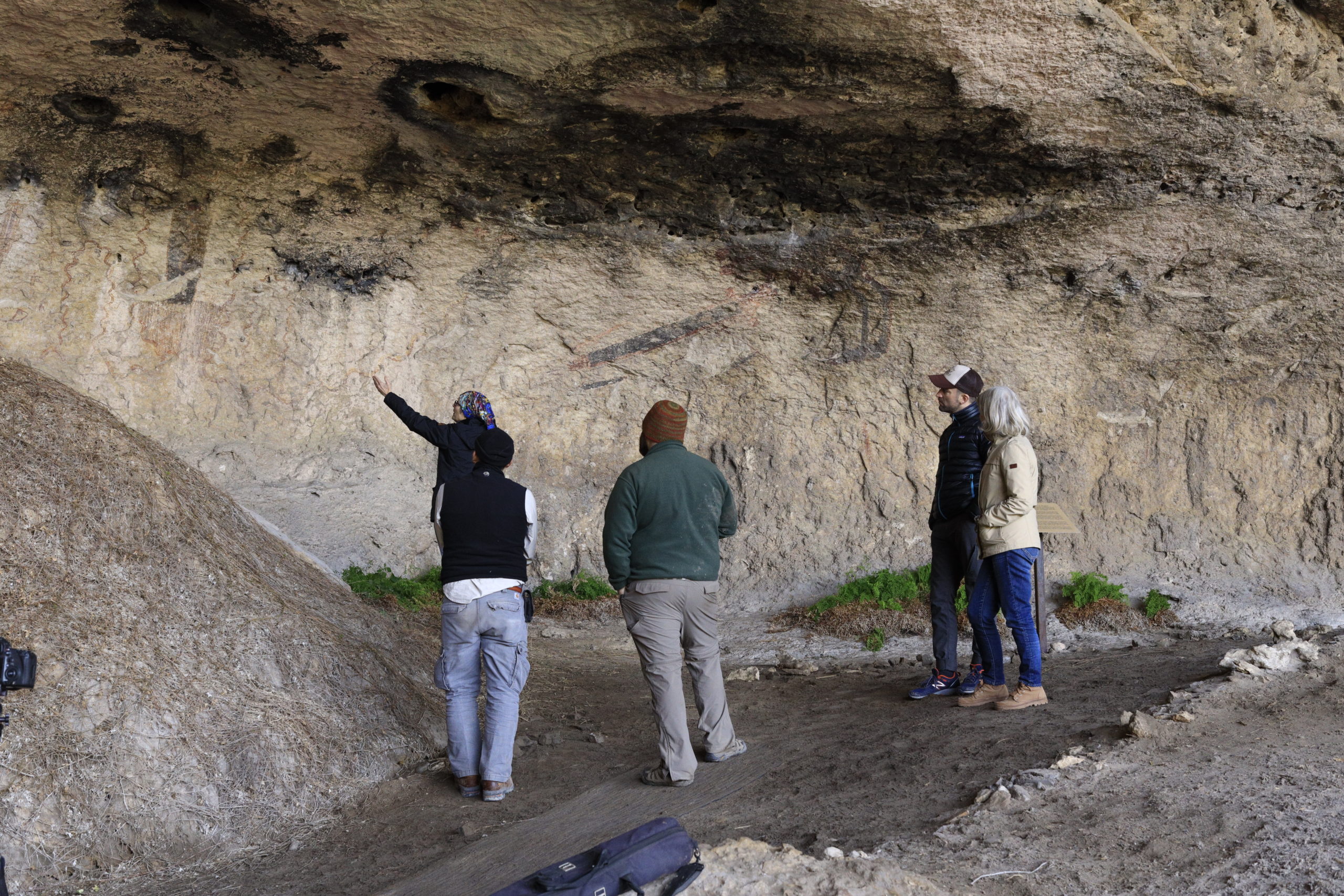
The Shumla Scholars
For anyone who hasn’t had the privilege of visiting, you should know that Comstock, Texas, is a very small town. Comstock High School’s Senior Class of 2020 consists of only seven students, which ended up being the perfect size to assist in Shumla’s Archaeological Chemistry Laboratory. For around 30 minutes every day, Dr. Steelman would host these Shumla Scholars, teaching them about the value in understanding our collective past and the incredible archaeology right in their own backyards. By far the most impactful and empowering part of the Scholars program was the opportunity to gain hands-on experience in the lab, working directly with Dr. Steelman (and myself!) to help construct Shumla’s new plasma oxidation system. These high school students went beyond classroom learning to physically take part in actual lab research! It makes me wish I could have gone to high school in Comstock!
I had the opportunity to lead a few classes and looking back I’m still amazed at how far above and beyond these students went in the lab. Everyone was engaged and interested in the science and embraced the challenges in constructing such a unique instrument. We finished up the bulk of the work just before the students’ Spring Break and had just enough time to have a little fun with the completed build. After some quick brainstorming and a lengthy voting process, the whole group decided on a naming convention for each chamber of the instrument.
A previous class named the prototype of the instrument “Niteo”, which is Latin for “to shine;” in keeping with this theme, each chamber was named after a Roman god or goddess. Each student came readily to the lab with a name in mind, ranging from Venus and Diana to Juno and Neptune. Christening the system was a fantastic way for the students to claim ownership over their handiwork, as well as a satisfying end to their part in the project. One of my favorite experiences with the students was actually outside of the lab — far outside, about half an hour by car and a couple of hours on foot to the sites of Eagle Cave and Bonfire Shelter.
In place of our normal lab activities, the students were given the day off from school for a field trip, to see and take in these breathtaking archaeological sites, examples of the real-life (pre)history in their own backyards.
To learn more, visit Ancient Southwest Texas Project’s blog on Eagle Cave & Texas Beyond History’s online exhibit on Bonfire Shelter.
Niteo, Shumla’s New Plasma Oxidation System
The heart of my experience with Shumla was in helping to develop Niteo, the Archaeological ChemistryLaboratory’s innovative new instrument. Towards the beginning of my internship, this mostly involved learning the ins and outs of the current system and researching all that I could about radiocarbon dating. I spent much of my time preparing samples, hoping to build some bit of a backlog for the new system; this involved analyzing flakes of rock, called spalls, under a microscope and cleaning them of any non-paint residue. After scraping or grinding, each sample underwent a few more steps of washing and cleaning to eliminate as much non-paint organic material as possible- any leftover rootlets or spider webs would skew the radiocarbon dating, giving us inaccurate results. I found it interesting to look at the story behind each sample, to see where it was collected in the context of the rock art and geography. I helped process rock art samples from all over the world, from nearby in Texas and all the way from Australia.
Running the samples seemed daunting at first, but thanks to Dr. Steelman’s patience, I was able to catch on pretty quickly. I typed up my own procedure and had it down pat in a couple of weeks. I found a good system of switching back and forth between running the instrument and reading journal articles, with the occasional break for the Scholars program. The high school students got to have a little fun with it, too– if I timed it right we got to finish up the Scholars’ session with someone pouring liquid nitrogen. Who doesn’t enjoy playing the part of the mad scientist, complete with goggles and science-y fog?
Later on, I began to focus more on the new system, starting construction on the wall mounts and supports that would hold the system itself. This whole process took a great deal of brainstorming and trial-and-error, which, luckily for me, Dr. Steelman had already done a lot of. In order to build a frame that could support the system, we had to take into account the size and weight of the instrument, as well as the orientation of each chamber. The configuration of the joints meant that the system couldn’t lie flat on a solid surface, and that it had to be suspended a certain distance away from the wall. We decided to go with a design that framed the system, using wooden blocks for the center of each chamber to sit on. This allowed for plenty of open space to accommodate the system and could easily be attached to the wall with properly placed mounts. It was incredibly rewarding to see the progress I made each week, as the lab slowly felt more and more geared for the new system.
The instrument itself also required a good deal of time and effort to construct. The entire thing consists of ten separate chambers in a line, as well as a main node and transfer line. Gas cylinders, a vacuum pump, and pressure sensors are connected to the main node, which controls the composition and pressure of gas in the rest of the system. Each chamber is isolated by torque valves and has a sample chamber (for holding the paint sample), glass ampoule (for collecting the oxidized carbon), and pressure sensor. The entire system has to be airtight in order to function, meaning every connection between joints, valves, chambers, and fittings had to be carefully assembled and tested! We used ConFlat® flanges for each point of contact. These work by compressing a copper ring between two grooved plates– when the plates are bolted together, the soft copper ring is molded around the groove, creating an airtight seal. In order for this to happen, the flanges must be bolted together evenly all the way around, much in the same way you’d tighten the bolts when replacing a wheel on a car.
In addition to the main body of the instrument, we also had to develop a new electrode system. The electrodes are vital to plasma oxidation, because the alternating current running from one electrode through the gas in the instrument and back out the other electrode is what creates the plasma in the first place. This current is created by an RF generator and fine-tuned using a matching network, which adjusts the electrical impedance to allow the current to alternate properly when passing through the sample chamber. In designing this new system, we decided to create a PVC frame that held two rows of copper ring electrodes: one row in front and one row in back for all ten chambers. The rigidity of the frame meant that the electrodes could hover around each sample chamber without actually touching the glass, which would help protect the glass (and samples) from any excessive heat.
As my time in Comstock was drawing to a close, so, too, was the construction work on the new system. We spent at least a week testing the system for leaks (plasma oxidation requires very specific pressures of certain gases, so a vacuum-sealed system is essential) and wrapping the whole thing in heat tape. When we weren’t dealing with vacuum leaks, I spent all my time in the lab working on a new electrode system that could accommodate ten separate sample chambers. With barely a day left, we reached a point of cautious optimism in the system’s integrity, and got everything ready for a preliminary test…
And it worked! The pressures held, and it took only a bit of tinkering with the matching network to get each sample chamber to light up like a neon sign. Seeing the final product of all this work was absolutely incredible- what Dr. Steelman had been dreaming of for years, and what I had seen slowly come together over the course of ten weeks. We couldn’t have done this project without financial support from the National Science Foundation. I am immensely proud of the work we did, and feel empowered to have had a hand in designing and physically building an instrument like this. I had seen and worked with countless different kinds of scientific equipment during my university chemistry classes but helping create the new plasma oxidation instrument has given me an entirely new perspective on the time and energy that goes into scientific research.
Thank You!
The ten weeks I spent in Comstock flew by, and I’m left hoping I can find some opportunity to return some day. Every single rock art site that I had the privilege of seeing, from Fate Bell to White Shaman, has left a lasting impression in my mind and soul. This internship has provided countless opportunities for me to learn more about chemistry, archaeology, and myself. I met incredible people from all over the world: Andy and Ros Gleadow, Jean-Michel and Patricia Geneste, Martin Marquet, and everyone who came to visit the rock art.
I’m excited to say that I’ll be starting Columbia University’s Master’s program in Museum Anthropology this Fall, and I look forward to bringing the knowledge and experience I’ve gained with Shumla into my studies.
Thank you to the entire Shumla staff. To Dr. Karen Steelman, Dr. Boyd, Dr. Dering, to Missy, to Vicky, Jerod, Rich, Tim, and Audrey, to Jessica and Veronica, to Jack Johnson and Isa, to everyone – you made Comstock feel like home to me and welcomed me into the Shumla family with open arms. And thanks to you for supporting Shumla, even if only to read this fun little blog post!
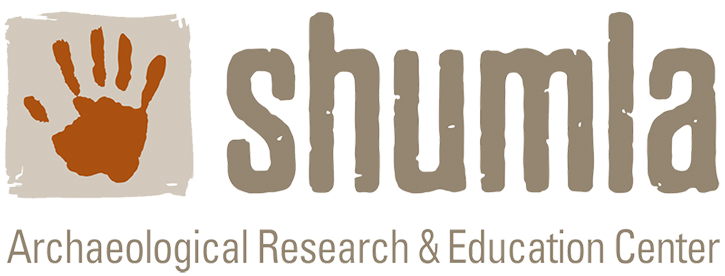
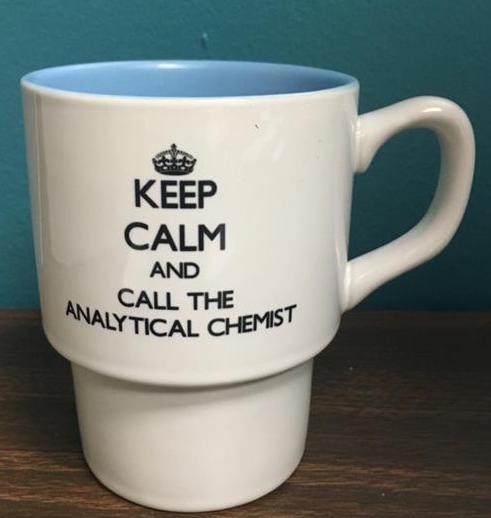
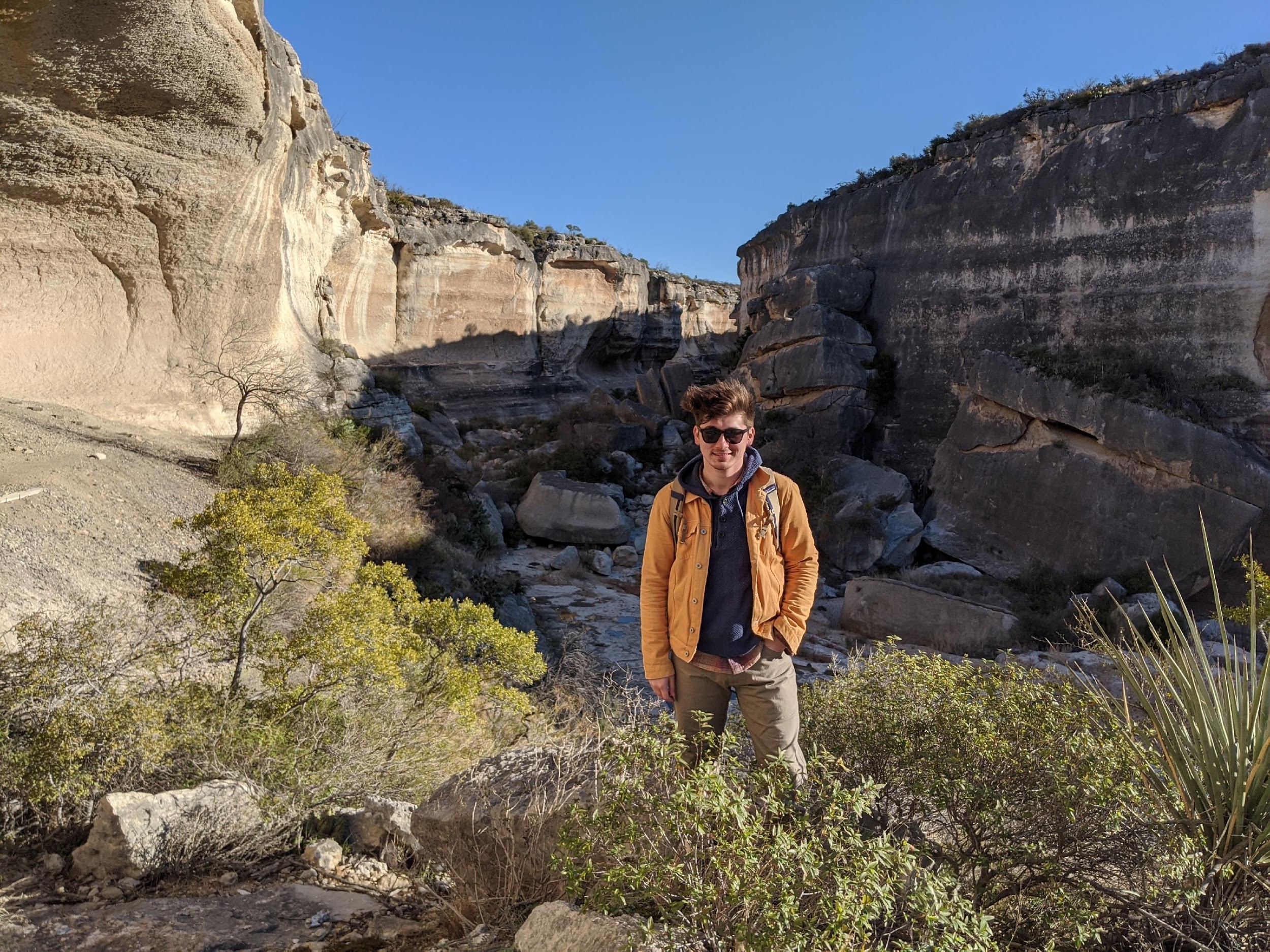
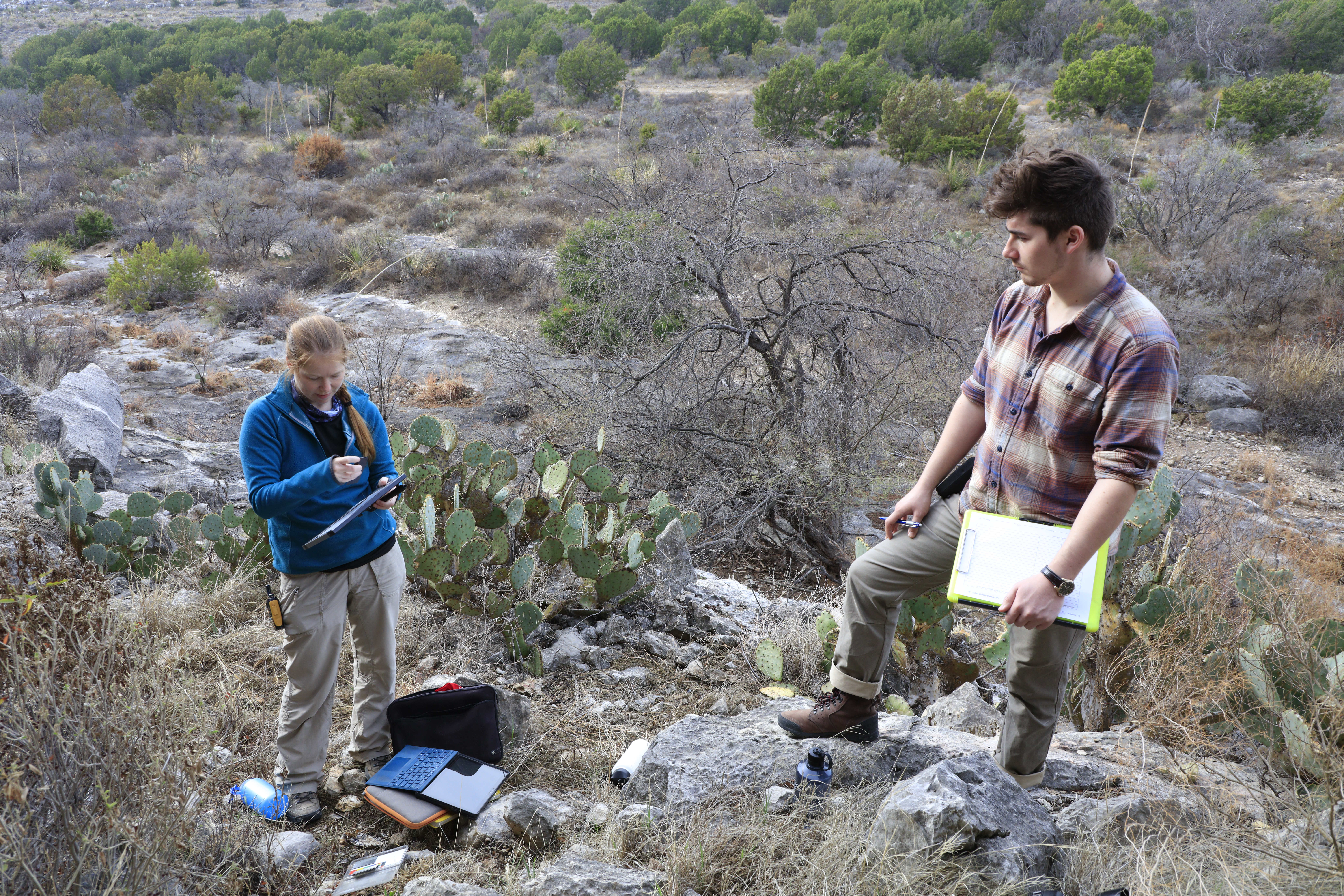
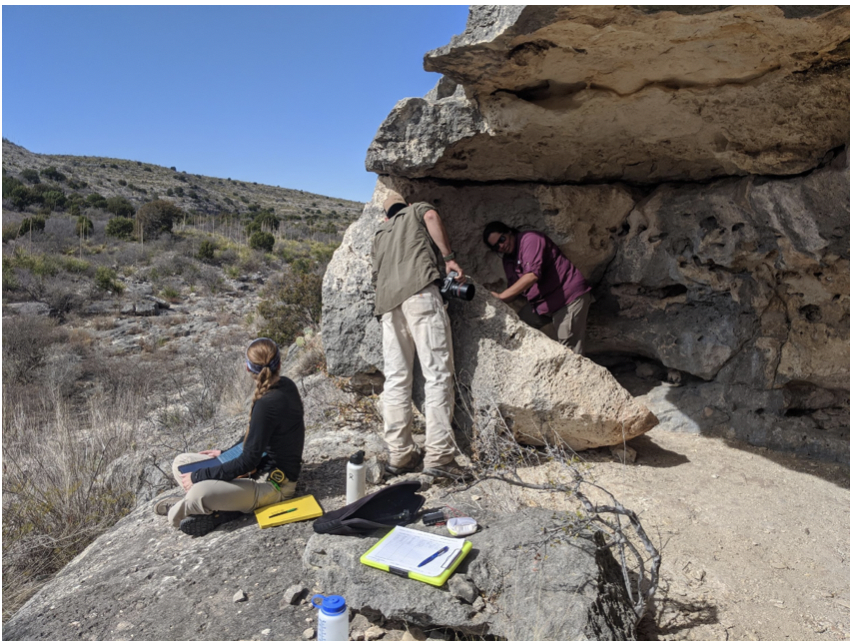
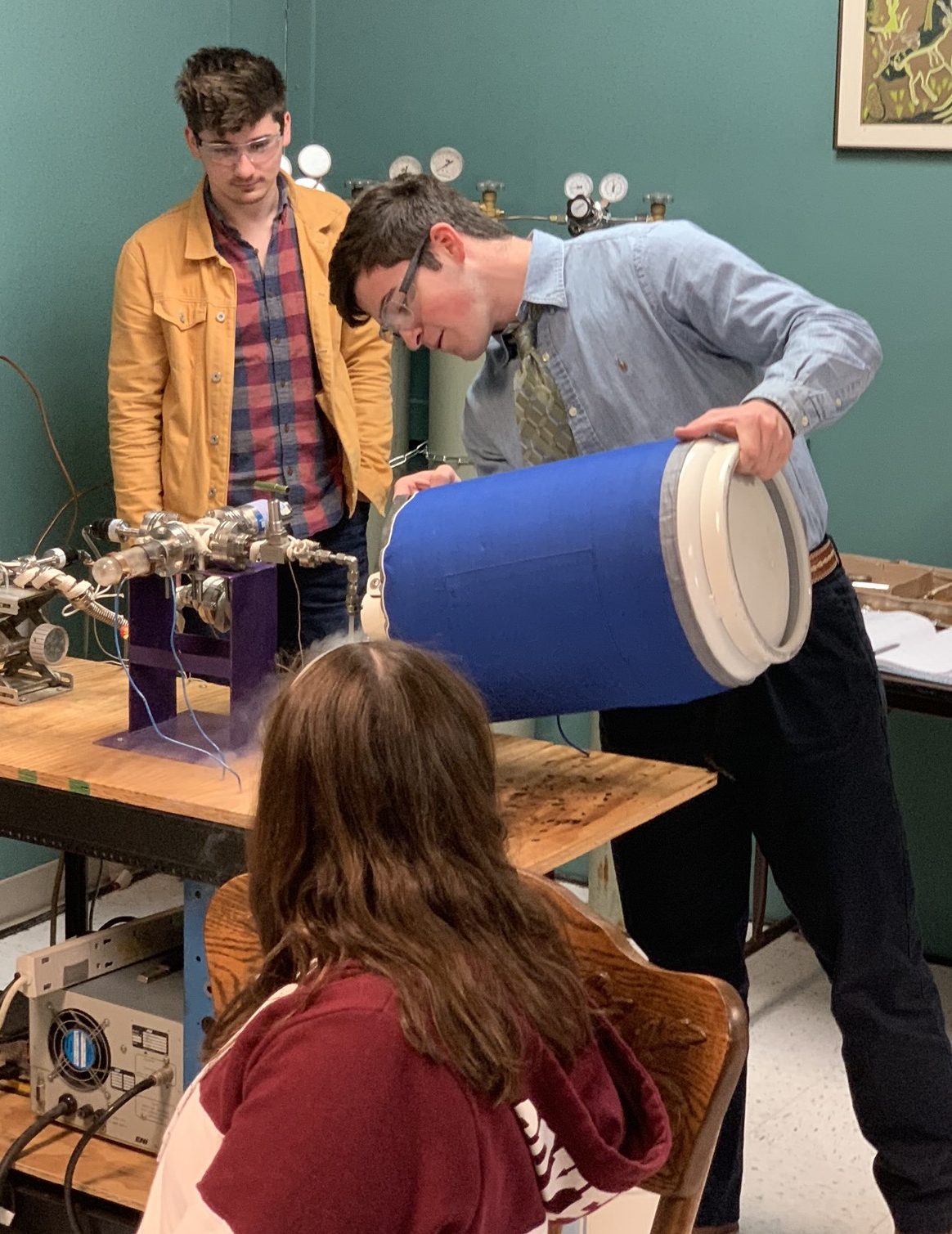

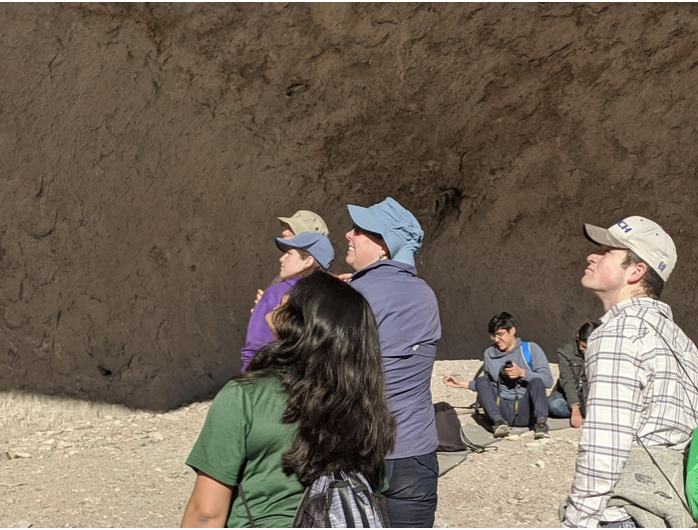
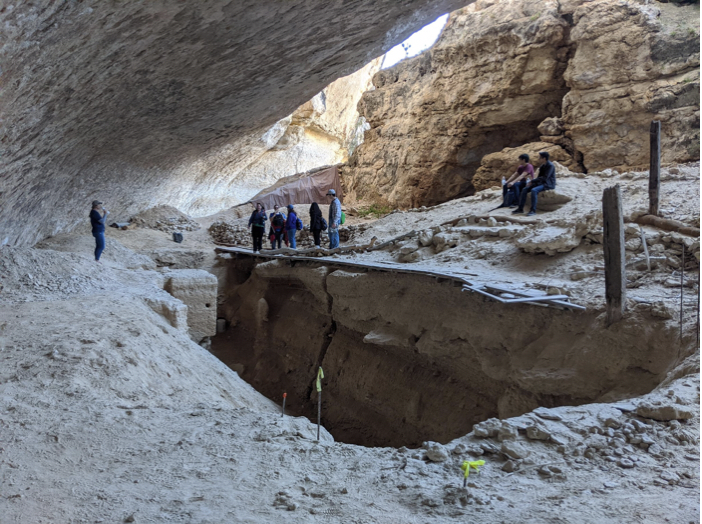
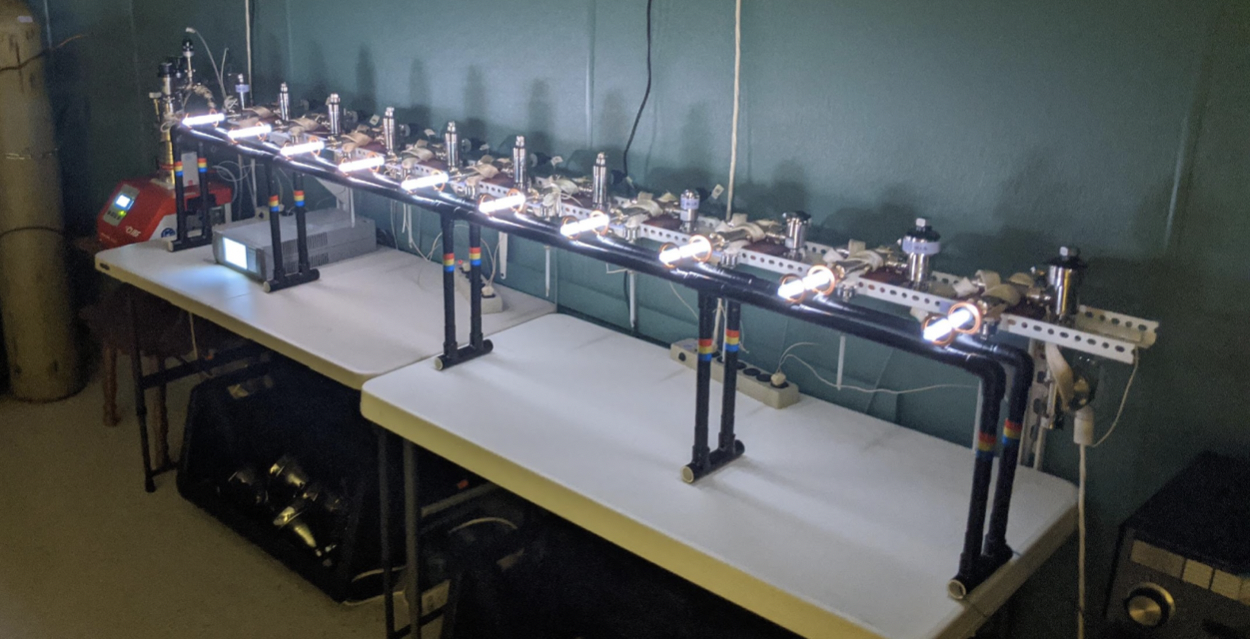
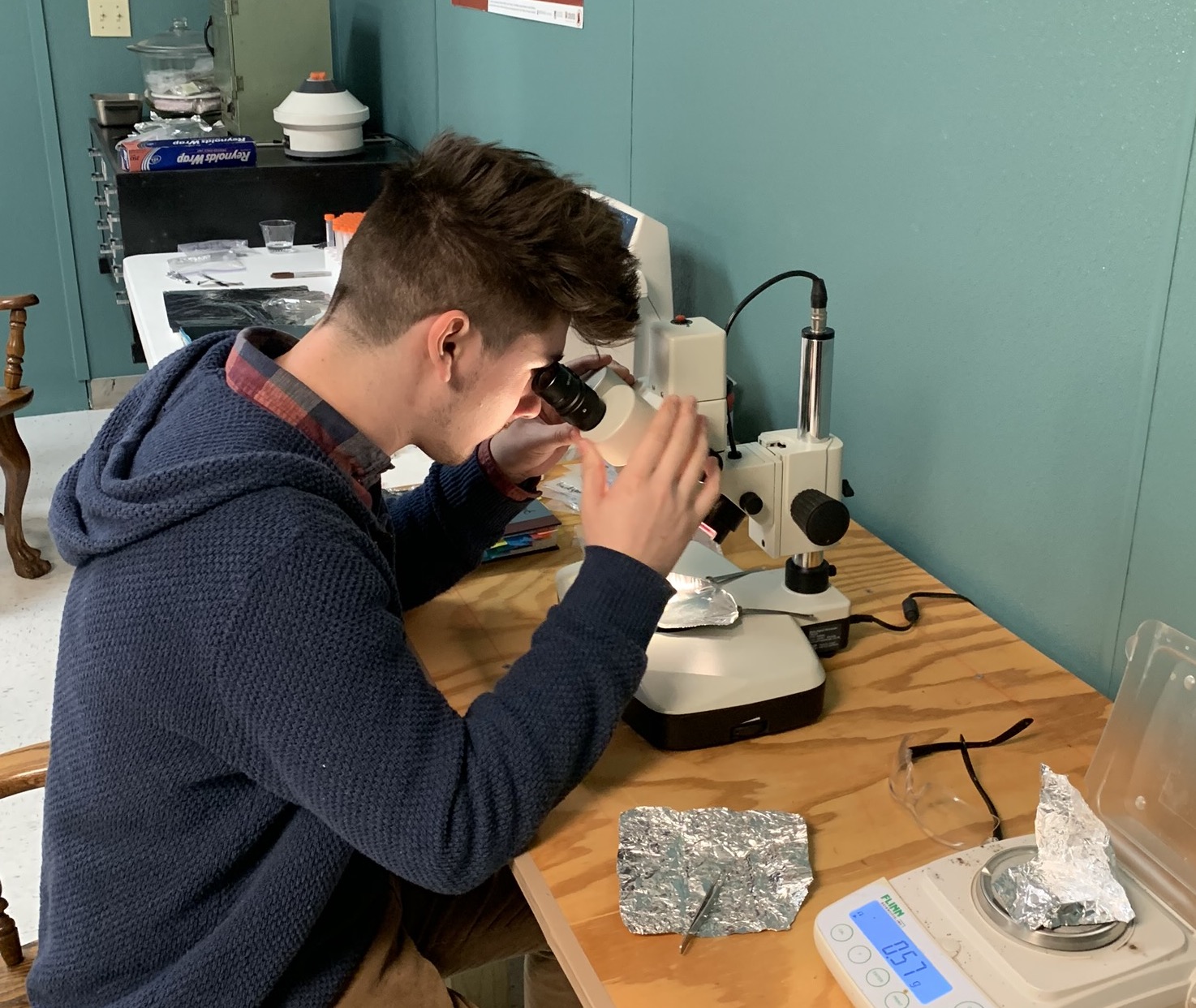

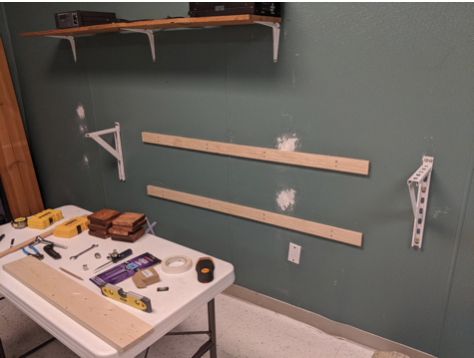

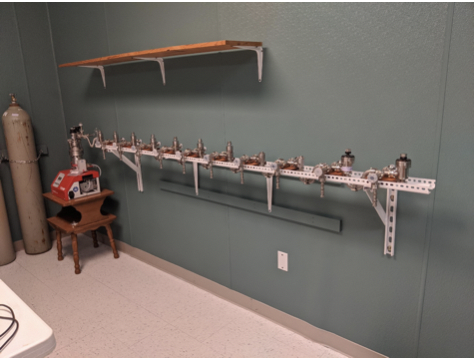
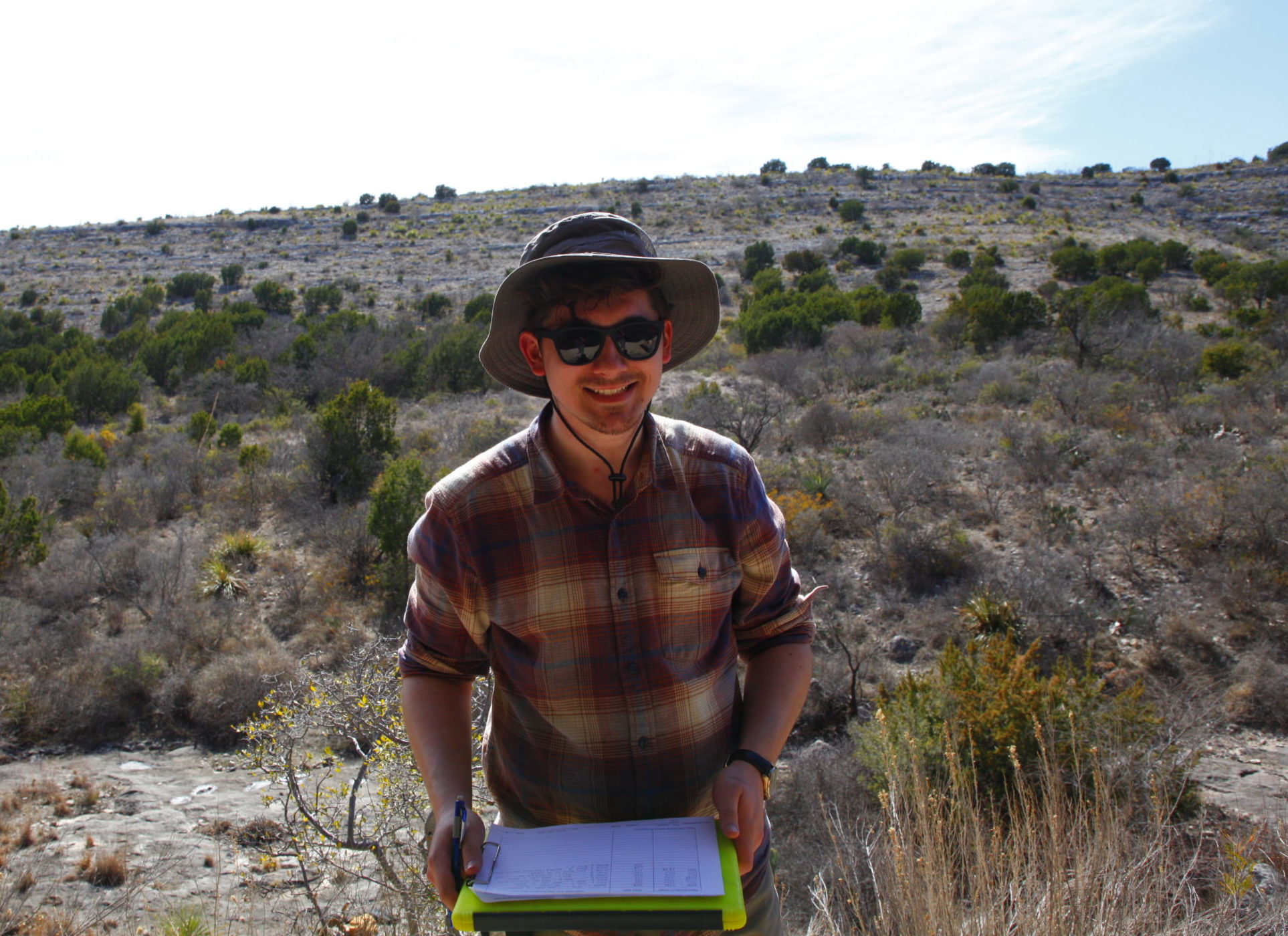
0 Comments